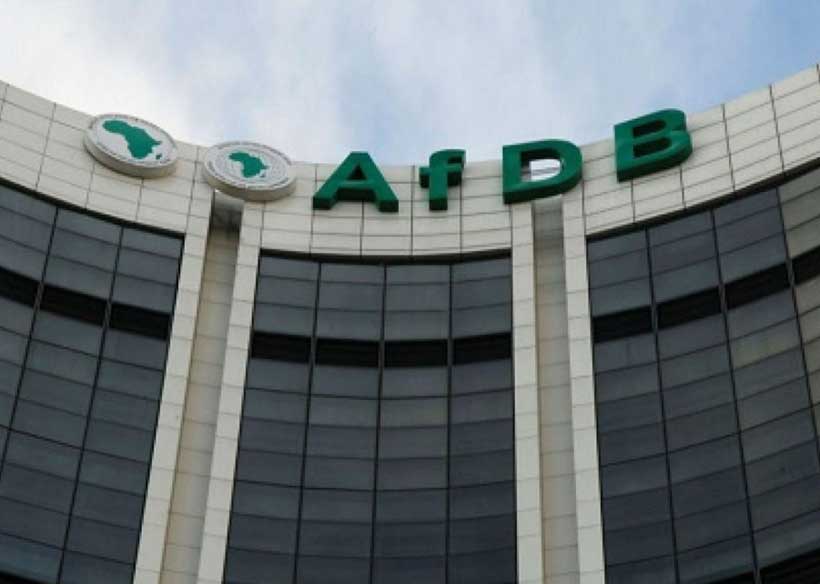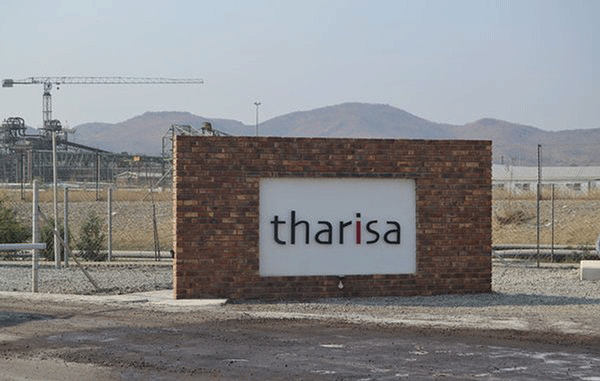Scale of new investments impress mine workers union
ZIMBABWE Diamond and Allied Minerals Workers Union (ZDAMWU) has applauded new mining investments in the country and the revival of old mines saying this has increased job opportunities for locals.
Mining is one of the key economic sectors in the country, being a top contributor to foreign currency earnings annually.
Speaking during the ZDAMWU congress in Bulawayo on Friday, general secretary Mr Justice Chinema, said the growth of the mining sector was commendable, and reiterated the need to now focus on improving working conditions for workers.
He said the mining sector has made huge strides under the Second Republic guided by the ambitious US$12 billion milestone by 2023, which has seen massive investments mainly in gold and lithium mines which employ thousands of people.
“To date there are seven new lithium mines namely Kamativi Mine, Sandawana Mine, Zulu Lithium Mine, Gwanda Lithium Mine, Sabi Star Mine, Prospect Lithium Mine and the expanded Bikita Minerals with more lithium discoveries in areas such as Mudzi, Rushinga, Mutoko, Mutare and many more,” said Mr Chinema.
“The massive investments in the sector have resulted in an increase in job opportunities for many young people. Further, there are huge job opportunities, especially in the value chain.”
However, Mr Chinema said the new jobs created were for unskilled workers resulting in a marked shift in the nature of employment as more of such workers are not permanent but operate under short term fixed contracts including temporary work, and casual labour.
He said the transformation happening in the sector was there across the world and impacting adversely on job security for unskilled workers, pointing out mainly income inequality, and the ability of trade unions to organise and protect workers’ interests and rights.
“As we navigate the complexities of our industry, we must also confront the challenges associated with the new jobs being created,” he said.
“In order to sustain the momentum and retain our members going forward, we need to start dialogue with the mining companies and the school of mines to have more skills training.
“We need to work with all stakeholders to build a mining industry that is just, equitable and sustainable for generations to come.”
Some of the challenges raised by Mr Chinema include rampant casualisation of labour, workers’ and trade union rights violations, the impact of technology in mining and limited knowledge of legal provisions, as well as lack of trade union ideology among workers.
He said the introduction Artificial Intelligence, robotics, automation and digitalisation in the mining sector can enhance safety, optimise operations and improve resource exploration.
Technology also poses workforce displacement risks, particularly for jobs involving manual labour and routine tasks. To address the challenges facing mine workers, Mr Chinema said ZDAMWU is adopting a “stitch in time saves nine approach” to enable them to positively influence the labour market and ultimately deal with both the present and emerging challenges confronting the union in a more robust and effective manner.
“To do this, we need to build a union with another level of resilience,” he said. “A union that has the ability to resist, absorb, accommodate, adapt to, transform and recover from the effects of the many hazards enumerated above in a timely and efficient manner in line with the Employment and Decent Work for Peace and Resilience Recommendation, 2017 (No. 205) (ILO 2017).”
Mr Chinema said the safety of mine workers is the union’s priority, raising concern about the growing cases of occupational safety and health violations around the world and in Zimbabwe in particular.
International Labour Organisation (ILO) statistics updated annually show that 2,9 million workers die every year due to occupational accidents and disease. At least 360 million others suffer from non-fatal work-related accidents while 90 million years of healthy life are lost due to exposure to 19 major occupational risk factors.
“In Zimbabwe, nearly one miner dies every week, and this is quite a disturbing trend,” said Mr Chinema.
“It is regrettable, as it is expected that every mine should have appropriate measures and expertise to enhance health and safety.”
He said accidents remain the largest calamity category that causes fatalities and more deaths in the industry are a result of occupational health diseases than occupational injuries.
“The extraction of the mineral wealth of our country should be done without killing, maiming, or causing any occupational ill health and diseases,” said Mr Chinema.
The congress was attended by local stakeholders in the mining sector including pension funds, employers and employees in the sector. Regional peer organisations from Namibia, South Africa, Zambia Botswana and Egypt also attended in solidarity with ZDAMWU.-chroncile










